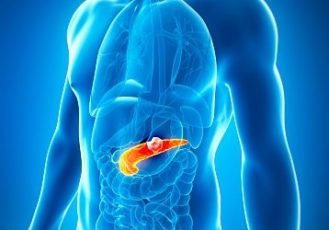
Recent research may change the way surgical oncologists remove cancerous tumors from patients, minimizing the risk for secondary surgery. The findings detailing this new imaging technology were published in Scientific Reports.
“This is the future, a huge step towards our ultimate goal of revolutionizing surgical oncology,” said project leader and systems design engineering professor Parsin Haji Reza in a press release. “Intraoperatively, during surgery, the surgeon will be able to see exactly what to cut and how much to cut.” Haji Reza serves as the director of the PhotoMedicine Labs at the University of Waterloo, where the research took place.
Photoacoustic technology was employed to make diagnoses more quickly than preoperative MRI images and CT scans, both of which also rely on interpretation and can take up to two weeks to provide results.
“A photoacoustic remote sensing system was employed utilizing a 266-nanometer pulsed excitation beam to induce photoacoustic pressures within the sample resulting in refractive index modulation of the optical absorber,” the study authors wrote. “A 1310-nanometer continuous-wave interrogation beam detects these perturbed regions as back reflected intensity variations due to the changes in the local optical properties.”
Images were prepared for human tissue samples including breast cancer (invasive ductal carcinoma), tonsil, gastrointestinal, and pancreatic tissue images. According to the report, these images were comparable to standard hematoxylin and eosin prepared samples.
This groundbreaking technology provides a faster, clear image of the tumor, helping to diagnose whether or not the tumor is cancerous and reducing the risk that some of the tumor may be missed during the first operation, thereby reducing the odds that a patient will need a second surgery. Because there is no contact made with the tissue, infection risk and sterilization costs are also reduced.
“This will have a tremendous impact on the economics of health-care, be amazing for patients and give clinicians a great new tool,” Haji Reza said “It will save a great deal of time and money and anxiety.”

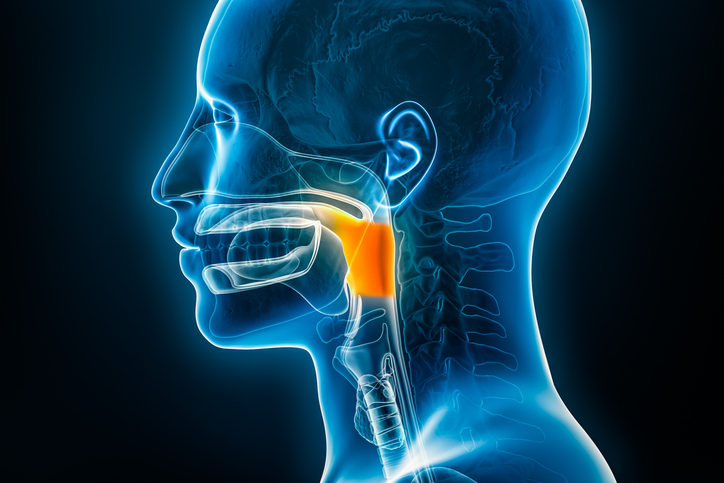
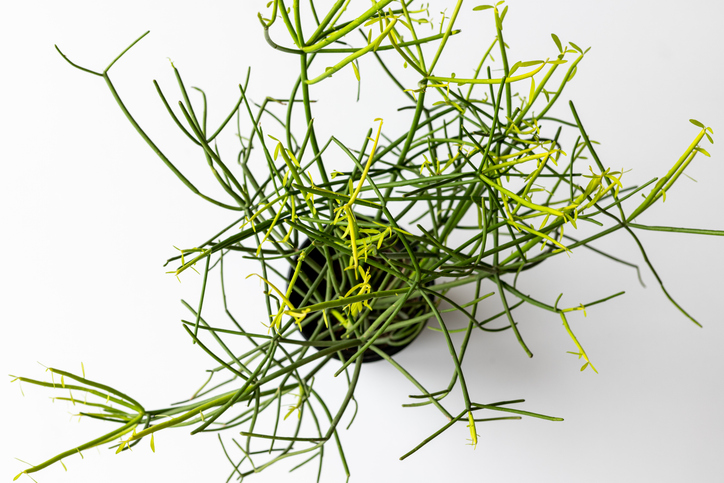

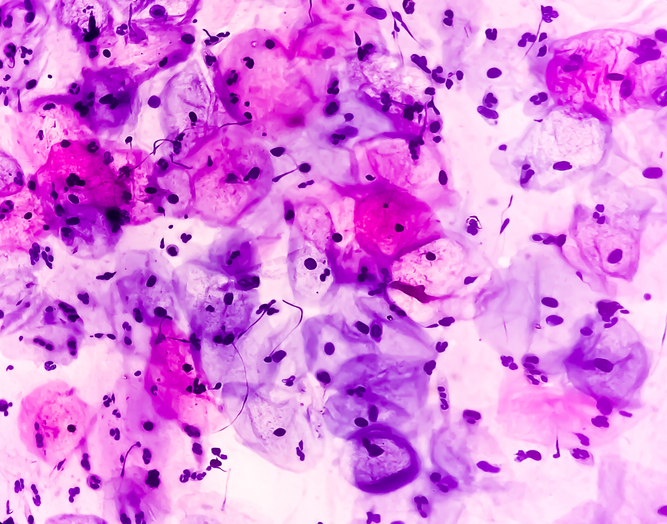
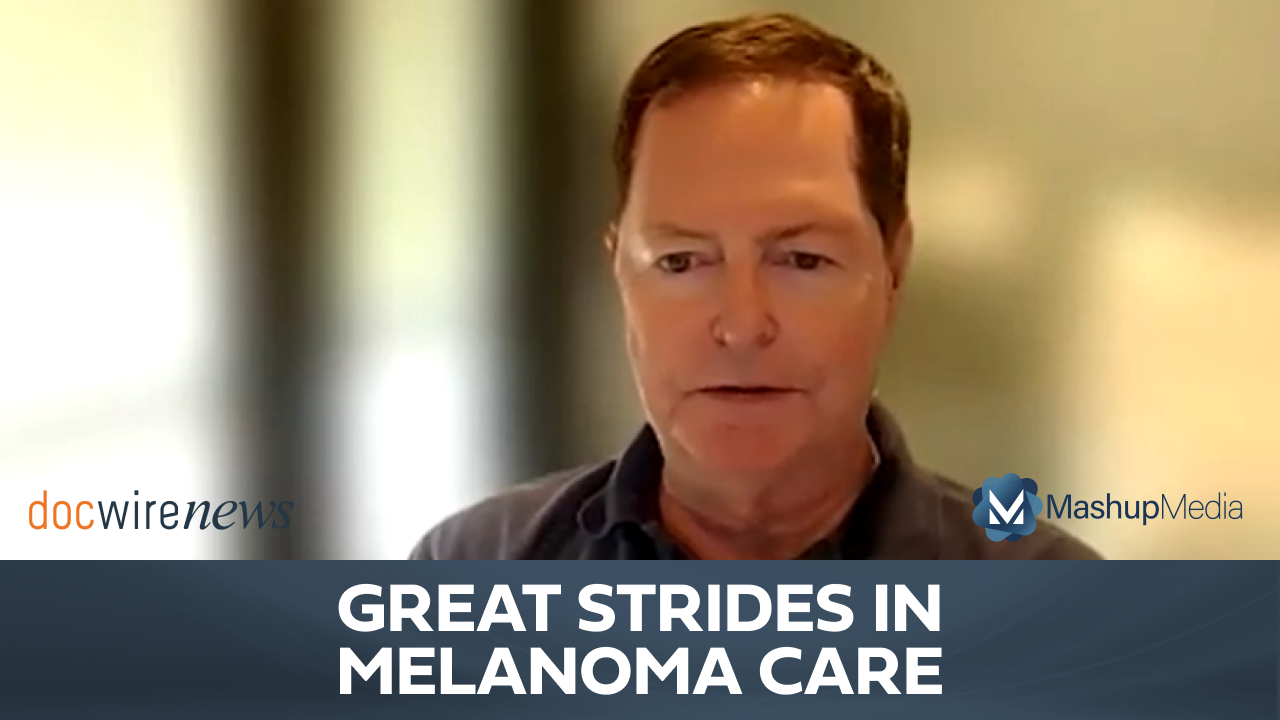

 © 2025 Mashup Media, LLC, a Formedics Property. All Rights Reserved.
© 2025 Mashup Media, LLC, a Formedics Property. All Rights Reserved.